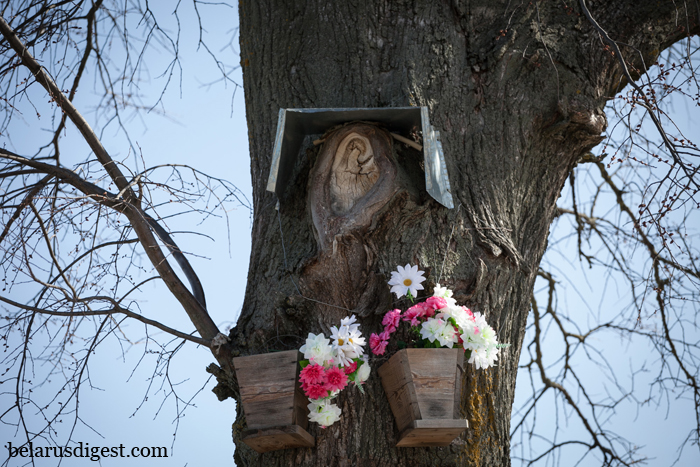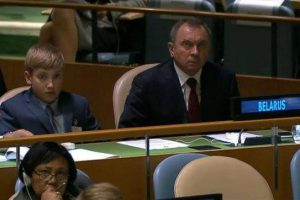Charnobyl 30 Years Later – Belarus Photo Digest

Abandoned house in radiation zone
On 26 April 1986, an explosion at Charnobyl Nuclear Power Plant released huge amounts of radiation into the atmosphere contaminating large territories of Europe. Belarus ended up the most badly affected taking 70% of the fallout from the power plant.
The Soviet Union sought to cover up the accident. The news about the explosion came out only two days later, after Sweden registered an increase in radiation levels on its territory. The evacuation of the population in the immediate vicinity of the plant began only several days later.
Among the health effects of Charnobyl was a spike in thyroid cancer, especially among children. Among the political effects was growing distrust of the Soviet authorities. In 2006, Mikhail Gorbachev went as far as to call the accident “the real cause” of the Soviet collapse.
Although the power plant was located in the Ukrainian town of Prypyac, two thirds of the fallout landed on Belarusian territory. Photographer Siarhei Leskiec documents life in the contaminated parts of Belarus today, thirty years after what is considered the worst nuclear plant accident in history.

About the photographer: Siarhei Leskiec is a freelance photographer whose work focuses on everyday life, folk traditions, and rituals in the Belarusian countryside. Originally from Maladzeczna region, he received a history degree from Belarusian State Pedagogical University.
























